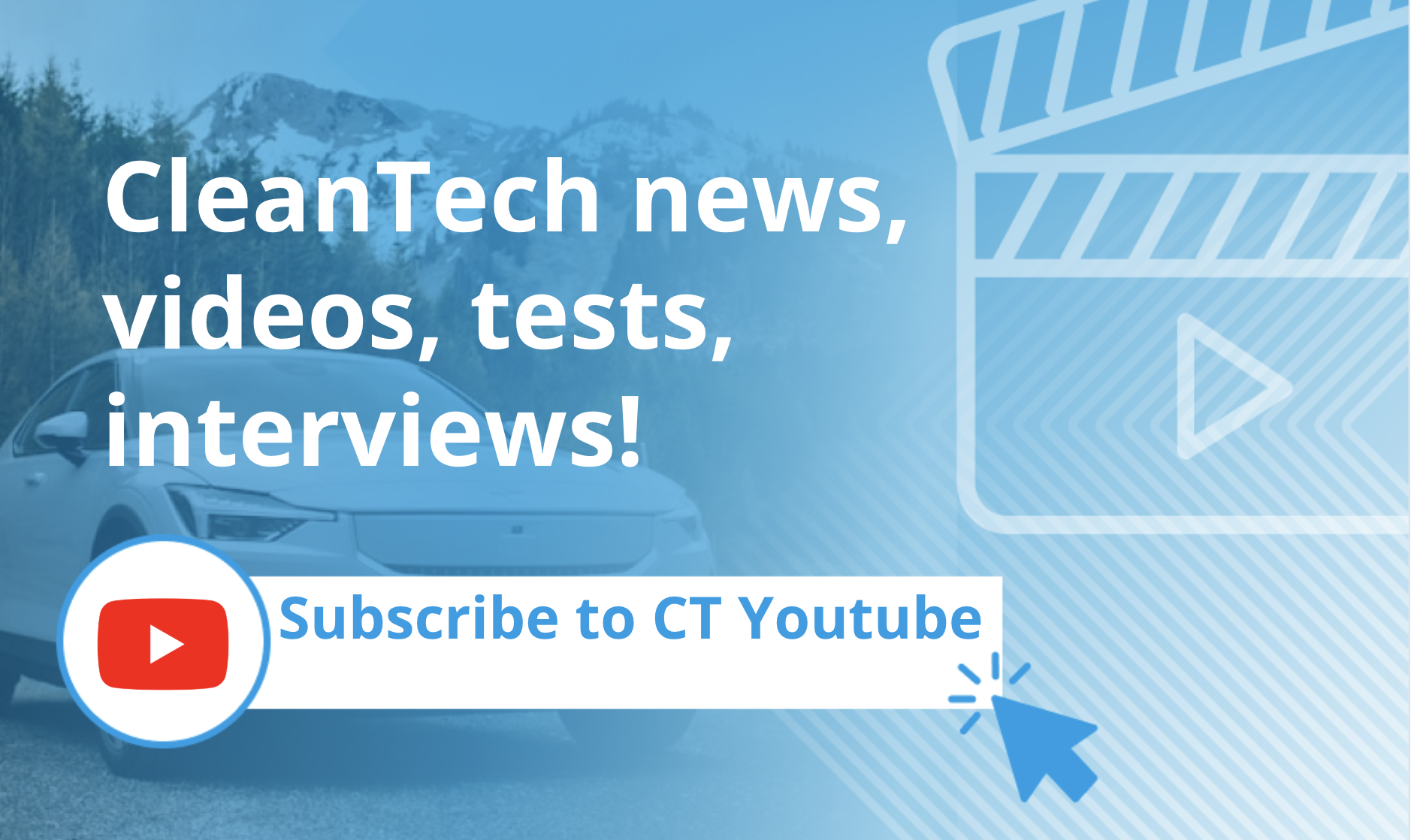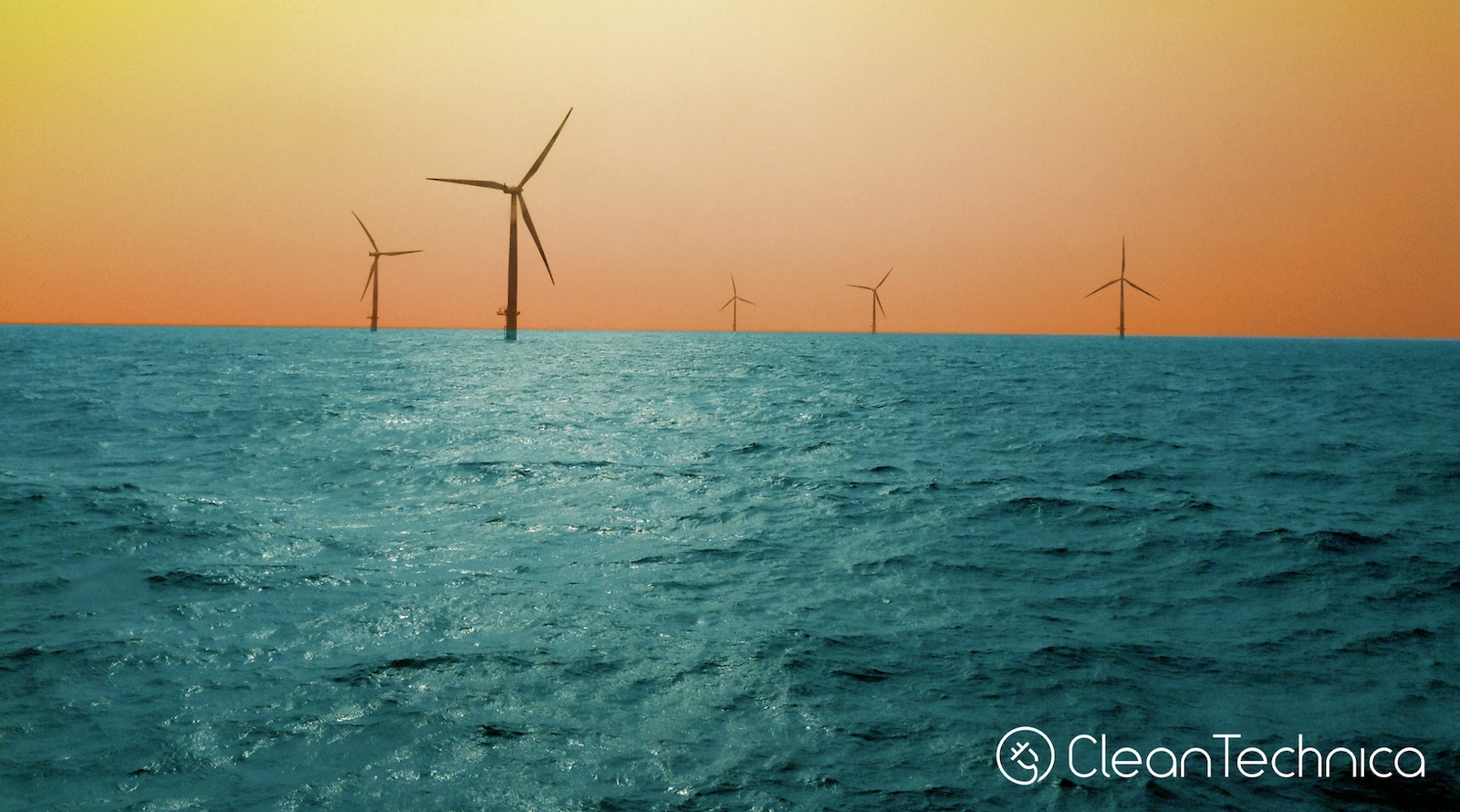
Be a part of every day info updates from CleanTechnica on e-mail. Or observe us on Google Data!
Roadmap reveals phased and versatile coastal and offshore transmission assemble out will maximize monetary benefits, enhance grid reliability, and reduce environmental have an effect on.
For the time being the U.S. Division of Vitality’s (DOE) Grid Deployment Office (GDO), in partnership with the U.S. Division of the Inside’s (DOI) Bureau of Ocean Vitality Administration (BOEM), launched the Movement Plan for Offshore Wind Transmission Development throughout the U.S. West Coast Space (Movement Plan) to deal with coastal and offshore wind (OSW) transmission challenges on the U.S. West Coast. The Movement Plan provides options on straightforward strategies to affix the first expertise of West Coast offshore wind duties to the Western electrical grid and assist transmission over the next quite a lot of a few years, whereas moreover producing worth monetary financial savings, improved grid reliability, native energy resilience, and substantial job creation. Current and anticipated transmission challenges affecting provide of power to the grid should be addressed to grasp this potential.
Given the deepwater topography of the ocean off the West Coast, OSW progress there would require floating experience, a nascent commerce that has not however been deployed at scale within the US. The West Coast has an opportunity to show U.S. administration in floating OSW experience progress that unlocks essential alternate options to foster residence energy manufacturing, maximize monetary benefits and residential job creation, and enhance the world’s energy grid.
An Movement Plan for Offshore Wind Transmission Development throughout the U.S. West Coast Space
With funding from the Inflation Low cost Act, DOE, in partnership with BOEM, developed the Movement Plan to deal with coastal and OSW transmission challenges for the U.S. West Coast and ingredient how reliable power from wind belongings would possibly successfully be captured and delivered to communities. A whole lot of the options are designed for implementation by state governments, Federal firms, and private builders, nevertheless would revenue quite a lot of entities, along with Tribes, transmission planners, non-profit organizations, and labor organizations, amongst others.
The Movement Plan’s 50+ options are organized inside 5 courses that each deal with a selected transmission progress need. Extreme-level options embody:
- Planning and Operations: An extended-term plan using a phased and versatile methodology for transmission progress will acquire one of the best monetary revenue whereas making the right use of early transmission investments.
- Partnerships, Collaboration, and Neighborhood Benefits: Multi-state collaboration, progressive earnings sharing fashions, and improved inter-agency coordination might be important to reaching the environment friendly deployment of coastal and OSW transmission and addressing the desires of native communities.
- Tribal Alternate options & Help: Guaranteeing that choices related to coastal and OSW transmission respect Tribal sovereignty and rights and honor the US’ perception obligation is a federal priority for coastal and OSW transmission progress.
- Experience Growth and Standardization: Coordinated efforts by authorities and commerce ought to offer consideration to experience standardization to assist a house present chain and incorporate geographic considerations into design specs.
- Environmental Evaluation, Siting, and Permitting: The accountable progress of transmission infrastructure requires a strong foundation of environmental evaluation and progress that informs the siting of offshore transmission corridors; minimizes impacts all through enterprise planning, improvement, operation, and decommissioning; and establishes environment friendly long-term monitoring.
Development of the Movement Plan was educated by the West Coast OSW Transmission Convening Assortment and the West Coast Offshore Wind Transmission Study.
West Coast Offshore Wind Convening Assortment
All by 2024, DOE and BOEM led a sequence of 12 workshops and launched a Request for Information to engage Tribal Nations, federal and state firms, cable and transmission suppliers, fisheries organizations, non-governmental organizations, builders, unions, utilities, and totally different ocean co-users and occasions to debate the challenges of coastal and OSW transmission planning alongside the West Coast.
West Coast Offshore Wind Transmission Study
GDO and DOE’s Wind Vitality Utilized sciences Office (WETO) labored with the Pacific Northwest Nationwide Laboratory and the Nationwide Renewable Vitality Laboratory to conduct a transmission analysis alongside the West Coast from California to Washington. The analysis evaluates quite a lot of pathways for OSW by way of coordinated regional and interregional transmission choices throughout the near time interval (2035) and future (2040/2045/2050), beneath diverse mixtures {of electrical} power present and demand, whereas supporting grid reliability and resilience and ocean co-use. The West Coast Offshore Wind Transmission Study was revealed in January 2025.
Chip in a few {{dollars}} a month to help assist neutral cleantech safety that helps to hurry up the cleantech revolution!
Have a tip for CleanTechnica? Want to advertise? Must counsel a customer for our CleanTech Converse podcast? Contact us proper right here.
Be a part of our every day publication for 15 new cleantech tales a day. Or be part of our weekly one if every day is simply too frequent.
CleanTechnica makes use of affiliate hyperlinks. See our protection proper right here.
CleanTechnica’s Comment Protection
